PINK FLOYD: THE WALL. Seminal 80’s Masterpiece Decrypted
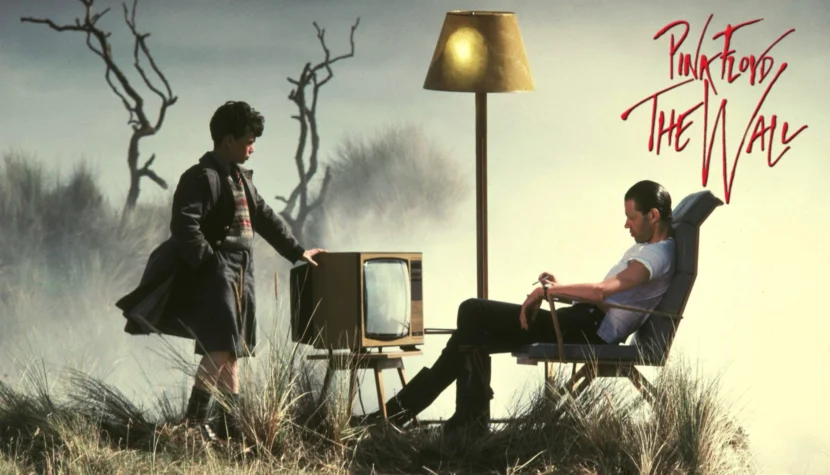
We live as we dream – alone…
Joseph Conrad – Heart of Darkness
The more we fall into loneliness, the more we push others away… Yearning to have them close, we repel them with all our might. We hurt, destroy, and the pain that grows inside turns into a silent scream that can either be eternally suppressed or transformed into rebellion. How abandoned must one feel to destroy everything around and retreat into sweet alienation, surrounding oneself with a safe cordon whose breach signifies only defeat, not rescue? How can this state be depicted in a film, making the viewer enter it, feel empathy for the protagonist, understand, and remain motionless for some time after the screening? The answer turned out to be the Parker-Waters duo and Pink Floyd: The Wall
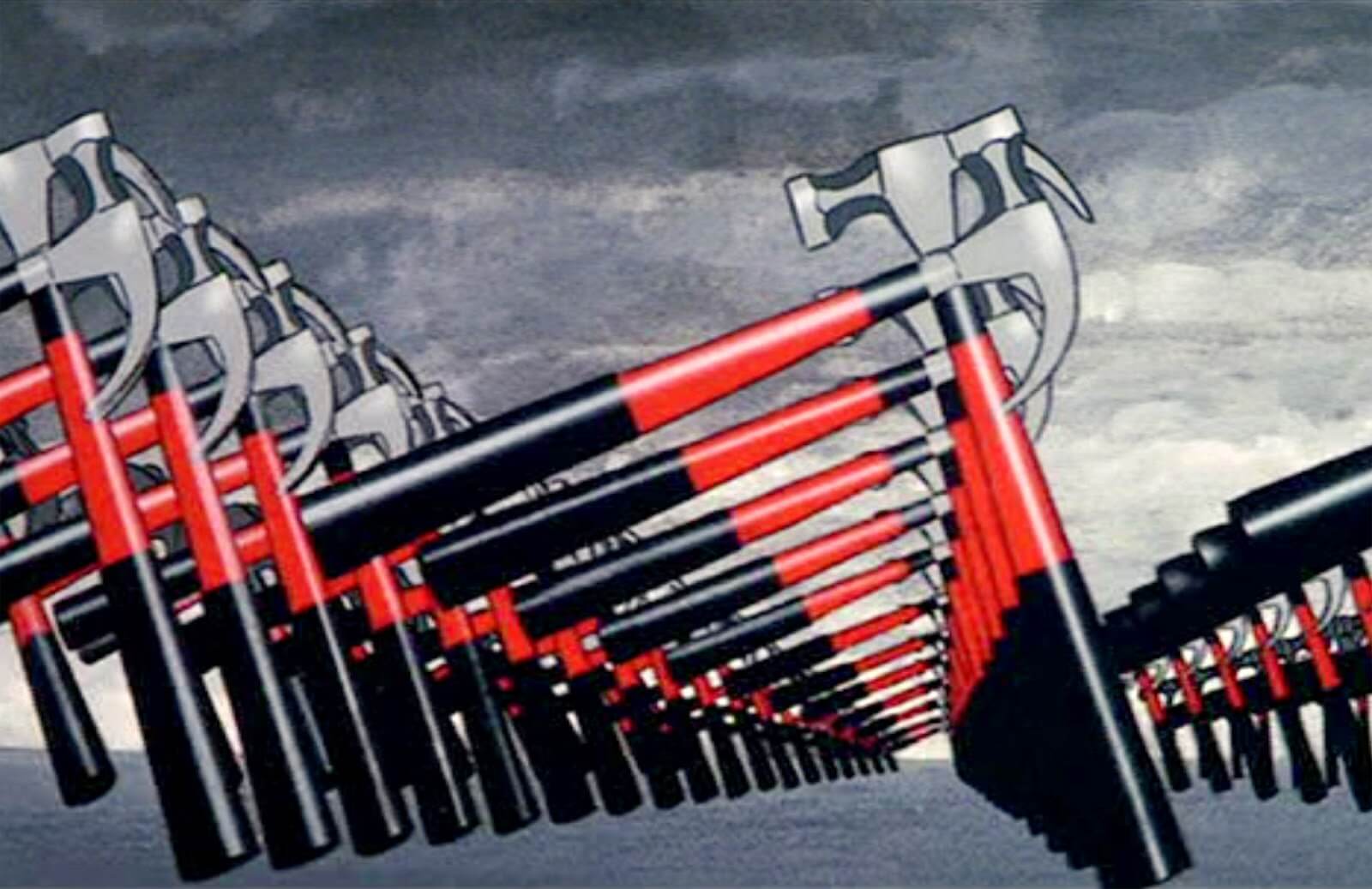
The Wall – the brilliant album by Pink Floyd was released at the end of November 1979. It quickly topped the charts and gained the reputation of the best technically produced album of all time. This accolade was fully deserved. What is on the album is one of the most magnificent images that could be painted with sounds and words. There are few albums I can listen to while simply lying down and not feeling like I am wasting my time. Let’s not fool ourselves – the illustration in the form of a film was unnecessary. The album itself is an unforgettable journey through a world of loneliness and pain, cloaked in the beautiful sounds of music. However, a film was made because the story told on the album turned out to be a perfect screenplay. All it needed was a director who could illustrate it while preserving the atmosphere and message of the story. The choice fell on Alan Parker. Knowing Midnight Express and Fame, the choice seems obvious. This guy can build a heavy, depressing atmosphere that effectively keeps you in gloom. He slightly altered Waters’ vision, thus creating a work with a broad following. Literal, poignant, and making one find a part of oneself in it, identifying with it without the need to expose one’s own hidden feelings.

Whenever I hear this film being called a “war manifesto,” it seems to lose its essence. Of course, opposition to war is one of its principal elements, and I do not intend to deny that in any way. It is no coincidence that the film opens with the piece When The Tigers Broke Free, which is not on The Wall album. But does the beginning not already introduce us to the world where we will soon be brutally confined? We see a lit lamp, a cigarette, and a man sitting alone, cleaning a gun. In the background, we hear a story ending with the words:
And the Anzio bridgehead was held at the price of a few hundred ordinary lives.
The place the soldiers defended has a name, but the fallen do not. We know a lot about battles, dates, facts… it becomes important as time passes, but it does not seem to be so for the man looking at the lamp’s light. What we also see at this moment is an individual. In the distance, the sounds of battle are heard, but he is alone, engulfed by darkness, far from home, calmly awaiting what will surely also happen to him. Can you not feel the extreme loneliness when looking at this scene? How must someone feel whose life depends on an order? But let’s leave this character, for we are now moving to a gloomy room where a young man is staring blankly ahead. Here is the hero of our story – Pink, in Bob Geldof’s brilliant portrayal.
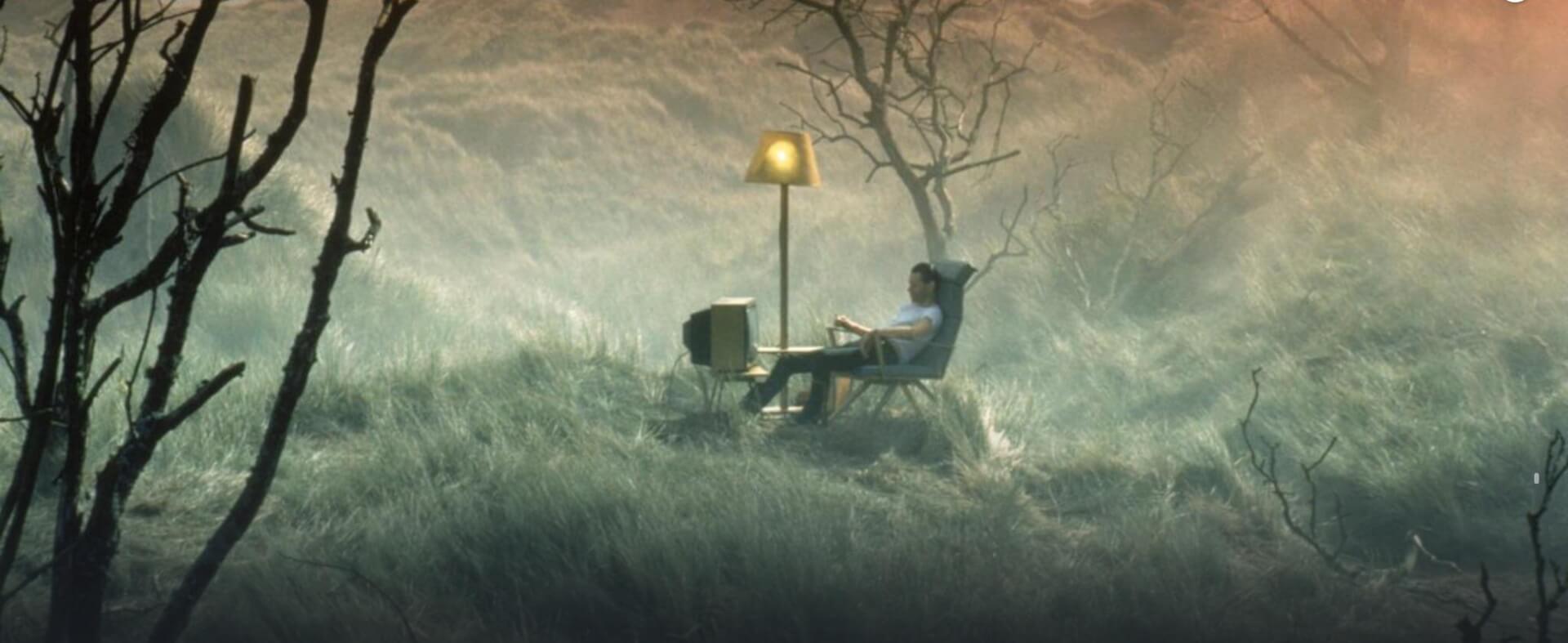
After a moment, the images begin to interlace, mix, with the strong strike of In the Flesh, a crowd of young people pours onto the street, clashing with the police. Simultaneously, we see the front, bomb explosions, and dying soldiers. Policemen drag a girl brutally along the ground, and a plane drops bombs on anonymous heroes. Someone hugs the trench wall, hoping to hide from what will soon tear his body apart and scatter shapeless pieces of flesh around… This is intertwined with another significant thread, also led in parallel – we see Pink, but visually very different from the one we got to know in the room. Slicked-back hair and shaved eyebrows, confidence, decisive gestures. He is no longer the vegetating plant sitting in the armchair, staring at the TV screen. He is now an idol, a demagogue, and a mocker. The familiar scenery surrounds him, an iron eagle spread on the balcony, and behind him flags, styled like Nazi banners. Before him, a crowd of young people, staring in mute admiration at their god…
Oh yes, you think to yourselves
You’d like to go to the show
To feel the warm thrill of confusion
That space cadet glow…

It’s hard to separate the fragments of what we’ve just seen; complemented by suggestive music and lyrics, they form a cohesive whole, a brilliant introduction to what the film will be about. Why does Pink change visually so much? Is this concert a stylized performance or an ideological manifesto? And what role does war play in all this? Do the authors, by pairing these images, want to show how low a person can fall, how to hurt others? In the first sequence, the emphasis is on violence, a kind of paradox showing that blood is shed even in times of peace. The world, while changing, does not change its values, does not learn anything. Into such a reality, Pink is also inscribed, deciding to rebel against what surrounds him… at the very beginning, he asks his listeners:
Tell me, is something eluding you, sunshine?
Is this not what you expected to see?
If you want to find out what’s behind these cold eyes
You’ll just have to claw your way through this disguise…
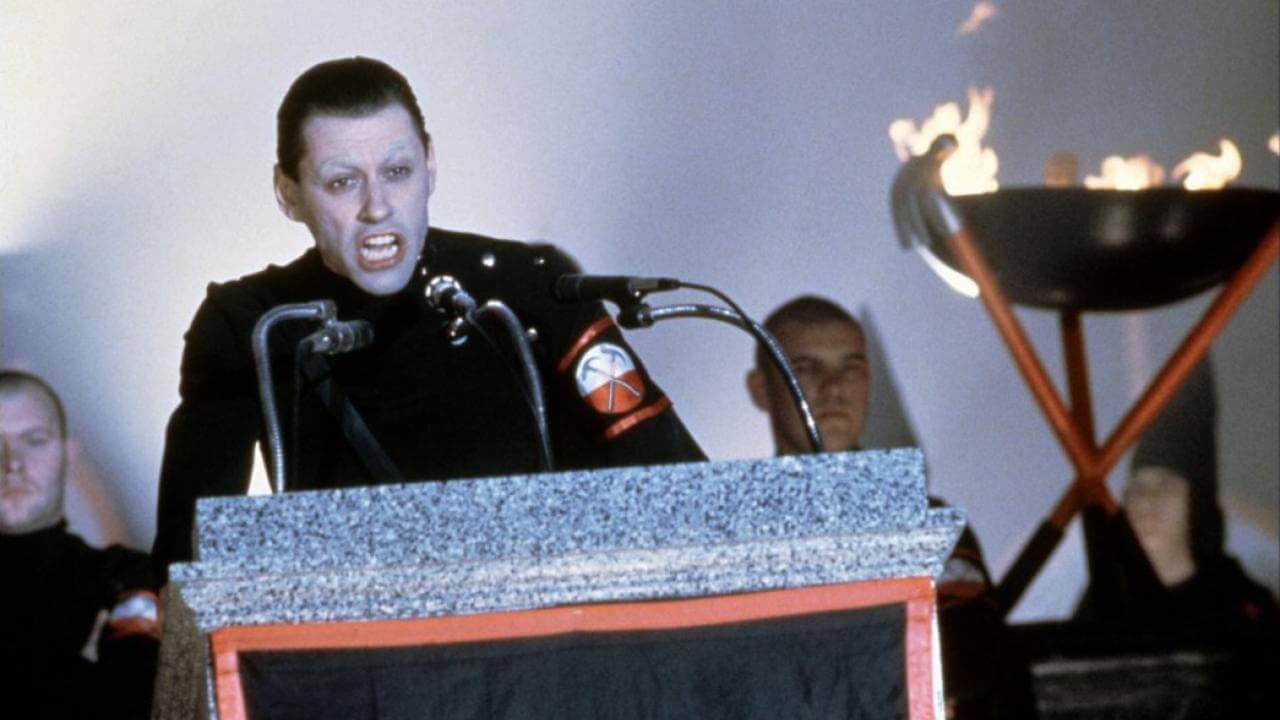
From the very beginning, we are thrust into the work’s issues. Everything important is signaled. Pink talks about a mask, a disguise, behind which the truth lies. Of course, this must be understood on several interpretative levels, as not only is he different from reality. The scenes from the front, complemented by these words, draw attention to the fact that behind the people being torn apart by bombs, behind us being left with a camera focused on the dead eyes of an anonymous soldier, there is something more. There is politics, there are people giving orders, sacrificing many lives with a single gesture to save such an Anzio bridgehead.
Finally, the clash with the police – young people left to themselves, looking for an outlet for frustration… However, it is worth noting that these kids break down a gate, something closed to them. They run into open space and are then beaten. This can be considered punishment for thinking differently, for acting instead of conforming to the rules by which they were supposed to function in society. But does everything not have a common end? Soldiers fall into the arms of death because someone ordered so, someone gave such an order, they were taught so, the youth is beaten for doing something completely different. The end, however, is the same – pain and blood… The images begin to interlace again, we see a war-torn battlefield, the remnants of the survivors walking away, and we enter Pink’s world to find out how he reached the point where we meet him at the concert…

In a church, a woman mourns her husband, little Pink plays with a plane, and when we see a memorial plaque for those who died in World War II, we hear a comment that this sacrifice was unnecessary. It was just…
Another brick in the wall…
It is banal to show what war is through the eyes of a small child who loses his father and then, on the playground, puts his hand in the hand of an unknown man. However, there is immense power and sadness in this simplicity.
Don’t leave the children on their own
Bring the boys back home
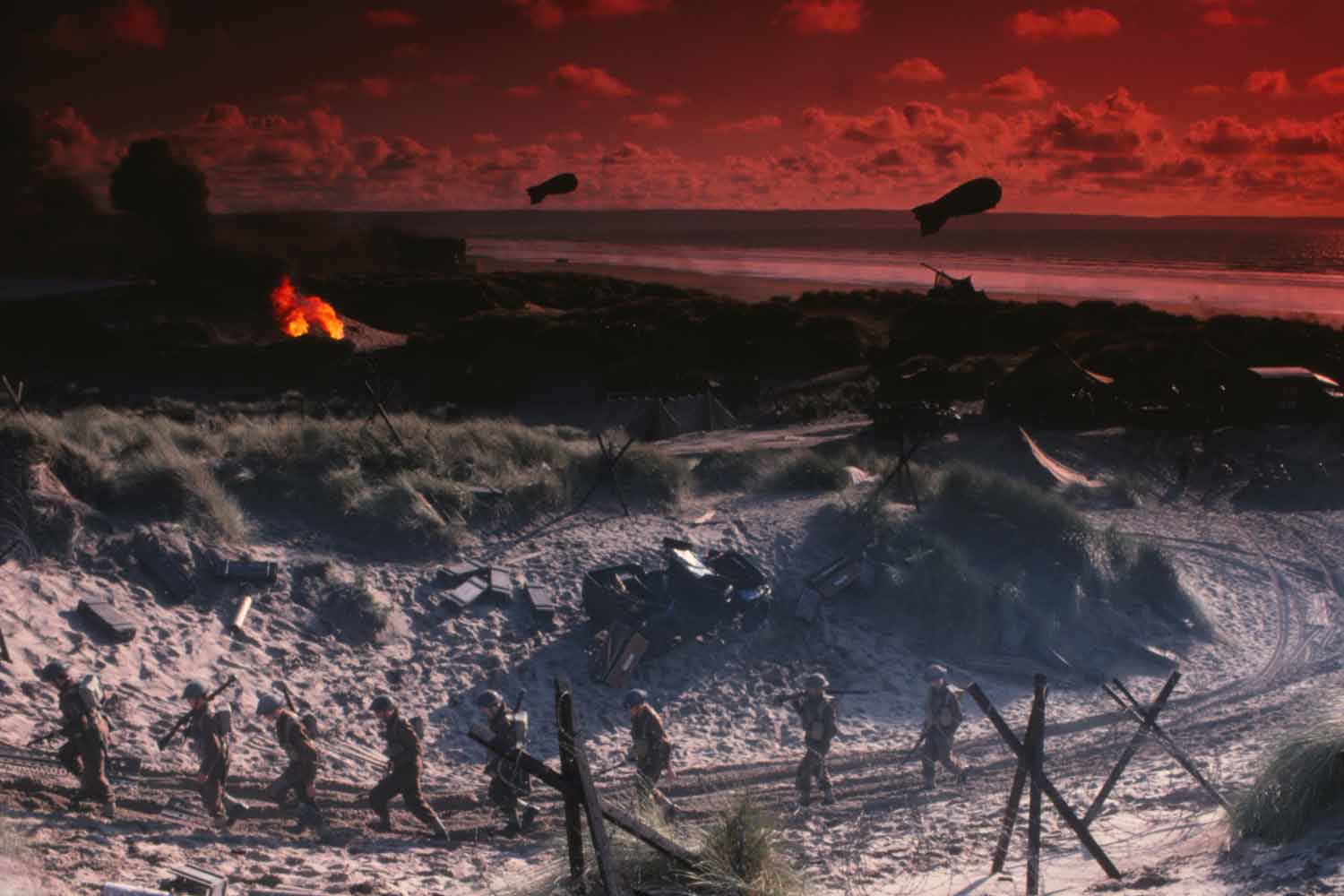
This primarily serves to illustrate how the boy grows up in solitude, how he begins to sink into a world of alienation and misunderstanding with each moment. This will continue when he goes to school. This event is preceded by one of the film’s most brilliant moments… a sweet kitten pounces on a snow-white bird. The bird flies away, suddenly the sounds become ominous, and the bird turns into a predator, stylized as a Nazi eagle. This illustrates the phenomenal piece Goodbye Blue Sky. The earth is destroyed, and only white crosses remain after the fallen, while blood flows into the sewer…
Did you see the frightened ones
Did you hear the falling bombs
Did you ever wonder
Why we had to run for shelter
When the promise of a brave new world
Unfurled beneath a clear blue sky
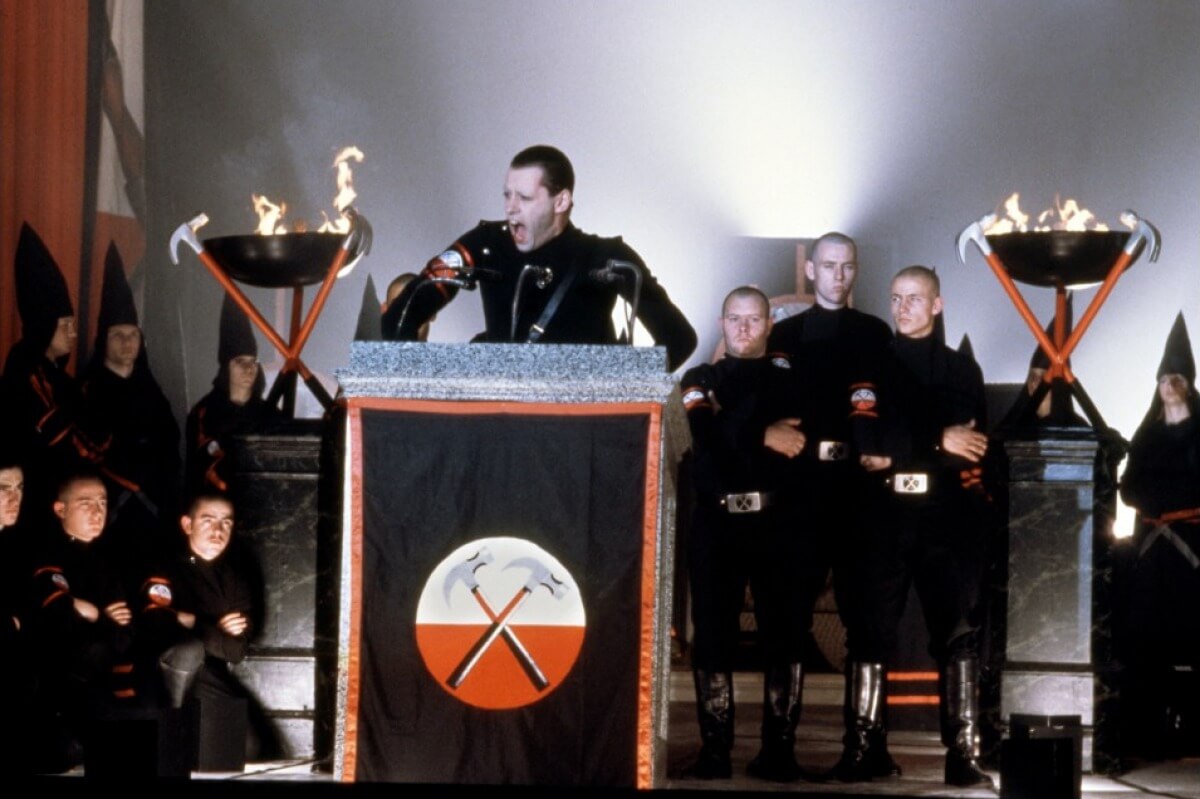
Always, what is fought for is supposedly freedom, a new, better world. This film shows that it is not so. What remains are people dying in loneliness, and the falling British flag reveals a bleeding cross… Is the snow-white bird not the magnificent ideals that, when realized, turn into despair and tears? Promises of beauty and happiness are dearly bought – they must be paid for with the blood of those who often had families. Regret can only be paid with a decoration and a letter thanking for the sacrifice…
There is no respite from this thought, for soon we are shown one of the most literal comparisons – people packed into train cars in masks leave on a train, the same masks will soon appear on the faces of children, forced into school rigor. Here, another generation of those who are to listen, who are taught what to believe in, what to die for is being formed. All that is needed is to kill all aspirations for self-realization in them…

